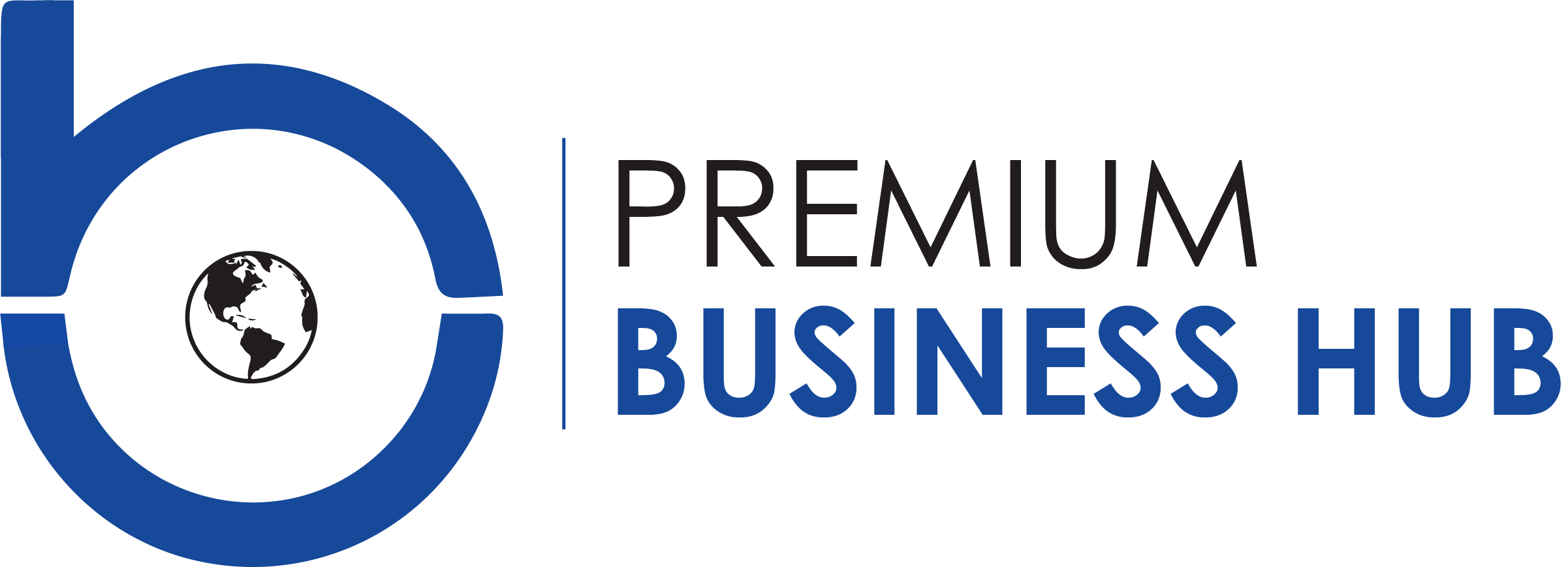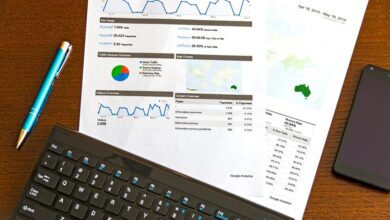Procurement Software Decoded: Everything Business Leaders Must Know in 2025

Procurement is no exception to how drastically the corporate world has changed. Gone are the days when buying something was possible only on the basis of phone discussions, records made on paper, and intuition. Advanced procurement software is applied in modern successful companies to minimize costs, streamline work, and maintain competitive positions. Whether it is a startup that has decided to integrate digital procurement or an established company that wants to optimize its current purchasing system, it is fundamental to understand the fundamentals of procurement software. This thorough blog deconstructs seven key concepts that all business professionals should understand before exploring the world of procurement software. We’ll examine what makes these digital tools essential to contemporary company operations, from their fundamental capabilities to their more sophisticated features.
1. Understanding Core Functionality and Purpose
The digital foundation of all buying operations inside a company is procurement software. Fundamentally, this technology automates and simplifies every step of the procurement process, from determining needs to processing payments. Through centralized digital workflows, the program records deliveries, executes purchase orders, maintains buy requisitions, communicates with vendors, and oversees invoice approvals. The majority of systems provide catalog management tools that enforce permission hierarchies and expenditure limits while enabling staff members to peruse and purchase authorized goods. Eliminating manual paperwork, cutting down on processing time, and producing visible audit trails for each transaction are the main objectives.
2. Essential Features That Drive Business Value
All facets of the purchase process are covered by the extensive feature set of contemporary procurement systems. Whereas automatic approval processes send requests to the appropriate managers as per the set rules and spending restrictions, electronic requisitioning allows employees to submit purchasing requests through simple web forms. Vendor management modules follow the performance indicators over the procurement cycle, update the supplier databases, and aid communication. Crucial agreements are archived, expiration dates are monitored, and agreed-upon terms are followed because of the contract management functions. The tools of spend analysis provide rich data on the purchase patterns, which would help in comprehending the budget anomalies and ways to save money. Many systems also include mobile apps that enable making orders and getting them approved when away at work, thus ensuring that the company never stops, no matter which location.
3. Different Types and Deployment Models
Procurement software comes in various sizes to support various business needs and preferences for technology. Cloud-based solutions on vendor servers offer automatic upgrades, and deployments are done quickly, and there is no need to invest in in-house IT infrastructure. Despite the fact that on-premise installations are more along the line of customization options and control of data, it also means a high cost of maintenance and significant technical manpower requirements. Hybrid models are a mix of the two strategies, where their use of cloud computing capabilities allows them to offer increased functionality near sensitive data with retention on-site. Software as a Service platforms provide flexible pricing structures with subscription-based access that expand with your company. While some businesses choose full systems that manage every aspect of procurement, others favor modular solutions that enable the introduction of specific features.
See also: Exploring the Power and Potential of Heat Pipes Technology
4. Implementation Process and Timeline Expectations
Careful planning, committed resources, and reasonable time expectations are necessary for the successful implementation of procurement software. The requirements collection step in the standard implementation process involves the organization carrying out an organization-wide identification of current processes, their areas of pain, and success measures. Data migration is the next step involving transferring existing contracts, vendor, and transaction history into the new system. User training is one of the key steps that directly correlates with adoption levels and the success rate. Configuring expenditure controls, approval procedures, and connectivity with current business systems are necessary for the majority of installations. The duration varies greatly depending on the size and complexity of the company; basic installations take a few weeks, while enterprise-level implementations take several months.
5. Return on Investment and Cost Benefits
Measurable financial gains from procurement software frequently make the investment worthwhile within the first year of use. Enhanced contract compliance that guarantees businesses obtain negotiated reductions and conditions, decreased maverick spending, and enhanced vendor negotiations all result in direct cost savings. Improvements in process efficiency lead to an effective reduction in the cost of labor when less time is required on administrative tasks and more time is devoted to strategic tasks by the employees. The length of the purchase cycle is reduced and barriers to flows are eliminated through automated approval processes, which reduces the project time to be completed and improves the flow of cash. Better visibility of expenditure means better ability to negotiate previously unnoticed bulk discounts, rationalization of vendors, and identification of duplicate purchases.
6. Integration Capabilities with Business Systems
The smooth integration of procure-to-pay software with current databases and business applications is essential to its successful deployment. Connections to enterprise resource planning systems guarantee that purchase orders generate matching financial entries automatically, preserving accurate accounting records without the need for human data entry. Employee onboarding for procurement access is made easier by HR connections, which also preserve existing organizational structures for approval routing. Customer relationship management improves service delivery and inventory planning by assisting in coordinating procurement operations with sales projections and customer needs. Accounting software connectors provide precise financial reporting across all procurement operations, expedite the processing of invoices, and automate three-way matching. Real-time stock levels, automated reordering for essential products, and the avoidance of needless repeat purchases are all made possible via linkages to inventory management systems.
7. Security Considerations and Data Protection
Procurement software and procure to pay tools deal with confidential data of vendors, as well as financial data, which means that data protection practices have to be comprehensive, and security measures have to be good. Permission attributed to the role guarantees that the workers can only access relevant data according to their jobs, and multi-factor authentication protects against unauthorized entry of procurement systems. Encryption of data meets the industry demands of the safety of financial data since sensitive information is secured during transmission and storage. Penetration testing and auditing should be carried out regularly, and thus vulnerabilities can be identified before they are exploited by bad users. Backup and disaster recovery turnkey capability ensures that the company continues operations even in the event of system malfunctions or security events.
Conclusion
The understanding of these important aspects of the procure to pay tool can help companies to make informed decisions that can support the needs of their operations and also their business strategies. To capture the tremendous benefits such digital technologies have to offer, it is equally possible to make a decision based on a careful evaluation, suitable implementation, and optimization.




